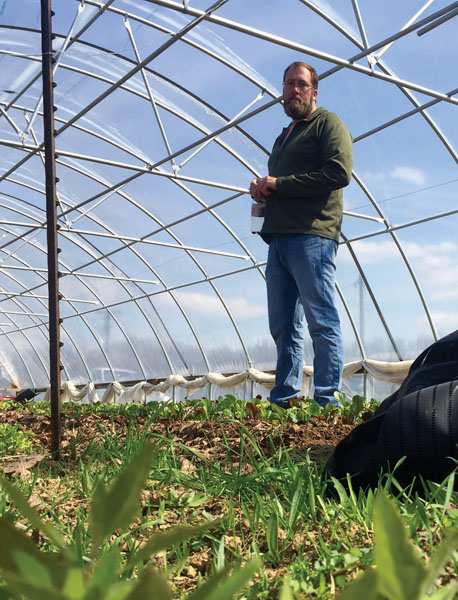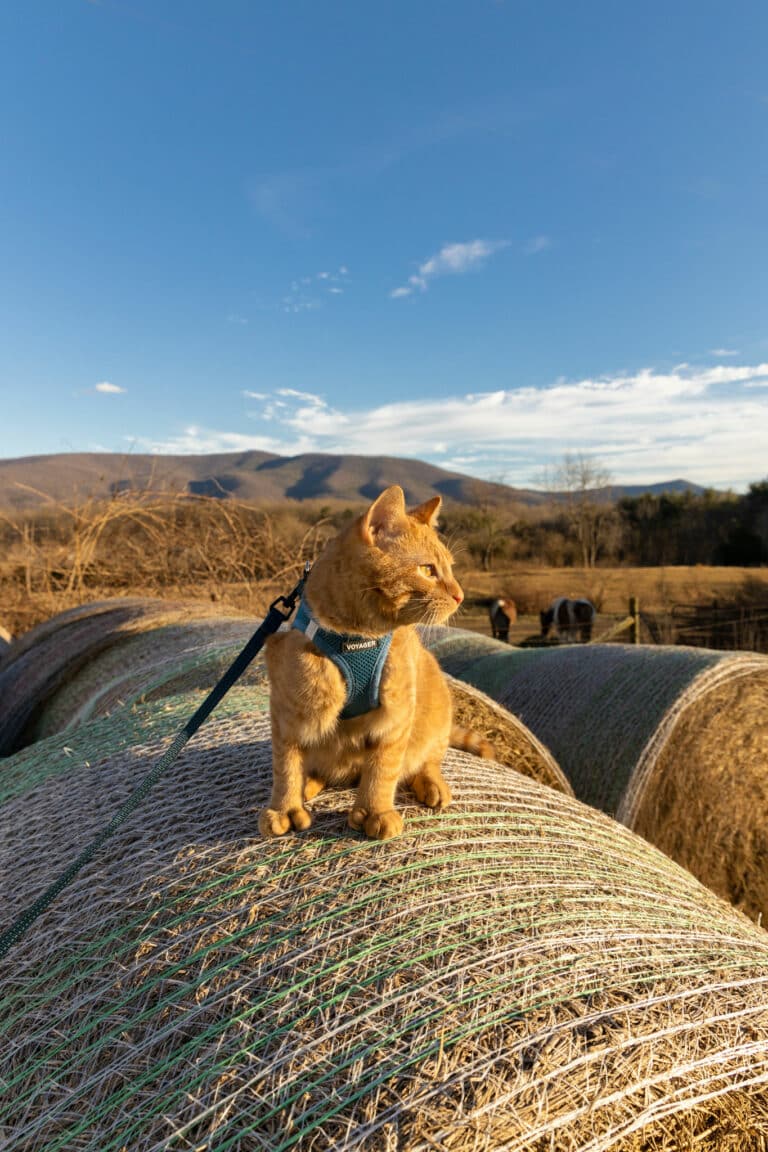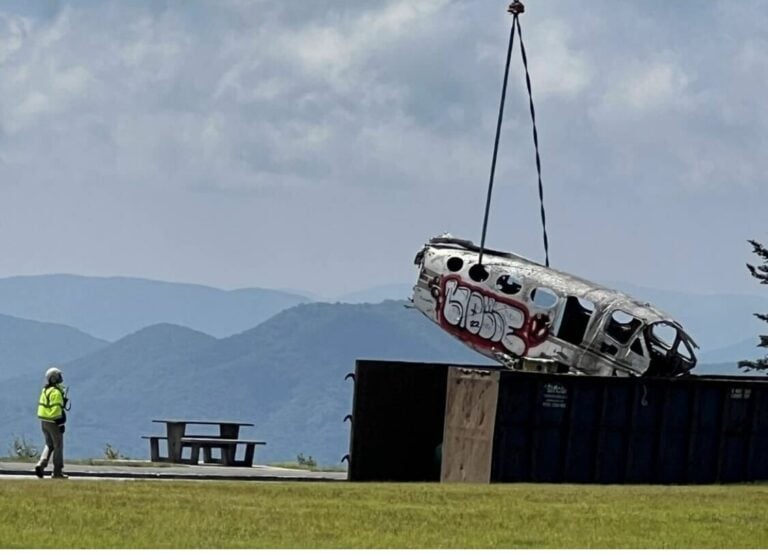Today, three plants—corn, soybeans, and rice—feed most of the people on the planet. But for most of human history, people ate the seeds and fruit of hundreds of native plants. Our food system today is more productive—but also more vulnerable. It’s a concern that has haunted Stephen Carmody, an archaeologist at The University of the South. He has spent decades exploring ancient caves in the Southeast searching for plants that people had forgotten. To his surprise, most of the ancient seeds and plants he has uncovered are still around today, growing wild in nearly every habitat—along railroad tracks, in abandoned fields, and even in many backyards and gardens.
“Indigenous people ate dozens of plants that today we call weeds,” says Carmody.
Last year, Carmody uncovered seeds in a Tennessee cave that were at least 8,000 years old. He experimentally planted a few of the seeds, including seeds for the common weed often called lambsquarters or Chenopodium. Because lambsquarters are native to the Southeast, they are equipped with everything they need to grow. While it takes roughly 3,000 gallons of water to produce a bushel of corn, growing lambsquarters requires next to nothing. Lambsquarters utilize long tap roots that stretch deep into the soil, sucking up all the water and minerals they need to thrive. Lambsquarters’ leaves contain more nutrients than spinach and produce a seed similar to quinoa—a superfood so popular that Whole Foods can barely keep it in stock.
Currently, the vast majority of the foods grown on both organic and conventional farms is not native to the region in which they are grown. These crops are less hardy and poorly adapted to regional climate and conditions. Nonnative plants and food crops also tend to require a lot of fertilizers, pesticides, water, and money. Yet growing lambsquarters is as simple as scattering seed, walking away, and returning a few months later to harvest. Growing lambsquarters and other ancient foods could be part of a new agricultural revolution as climate change threatens conventional crops and farming methods.
“As a soil scientist, I think the most important thing that we can do is understand the limits of what the land can produce and communicate that to people,” says Troy Milosovich, researcher and farm manager with Carmody’s Native Cultigen Experimental Farm. “Globally, we have lost half of our soil’s organic matter. Look at the amount of land we are no longer able to farm due to erosion. We can’t continue to do what we’ve done in the past and continue to feed a growing population.”
Carmody admits that growing out native plants by itself won’t solve the global food crisis, but it can help farmers regionally and globally adapt to climate change. “The crops we grow today are adapted to a climate that won’t exist in one hundred years,” says Carmody. “We need to be integrating more native species of plants that can withstand climate extremes.”
Many agricultural innovations require significant capital. In this case, we can address part of a global problem with a simple, ancient seed—and a change in our perspective on what we consider a weed.
“My urge is to get rid of weeds,” says Dr. Sarah Sherwood, a soil scientist at the University of the South. “But what is a weed really but a plant whose use we haven’t discovered. Changing the way we view plants like lambsquarters can lead to changes in our diets, our health, and the health of the food system. Sometimes the most elegant and important solutions can be right beneath our feet.”








